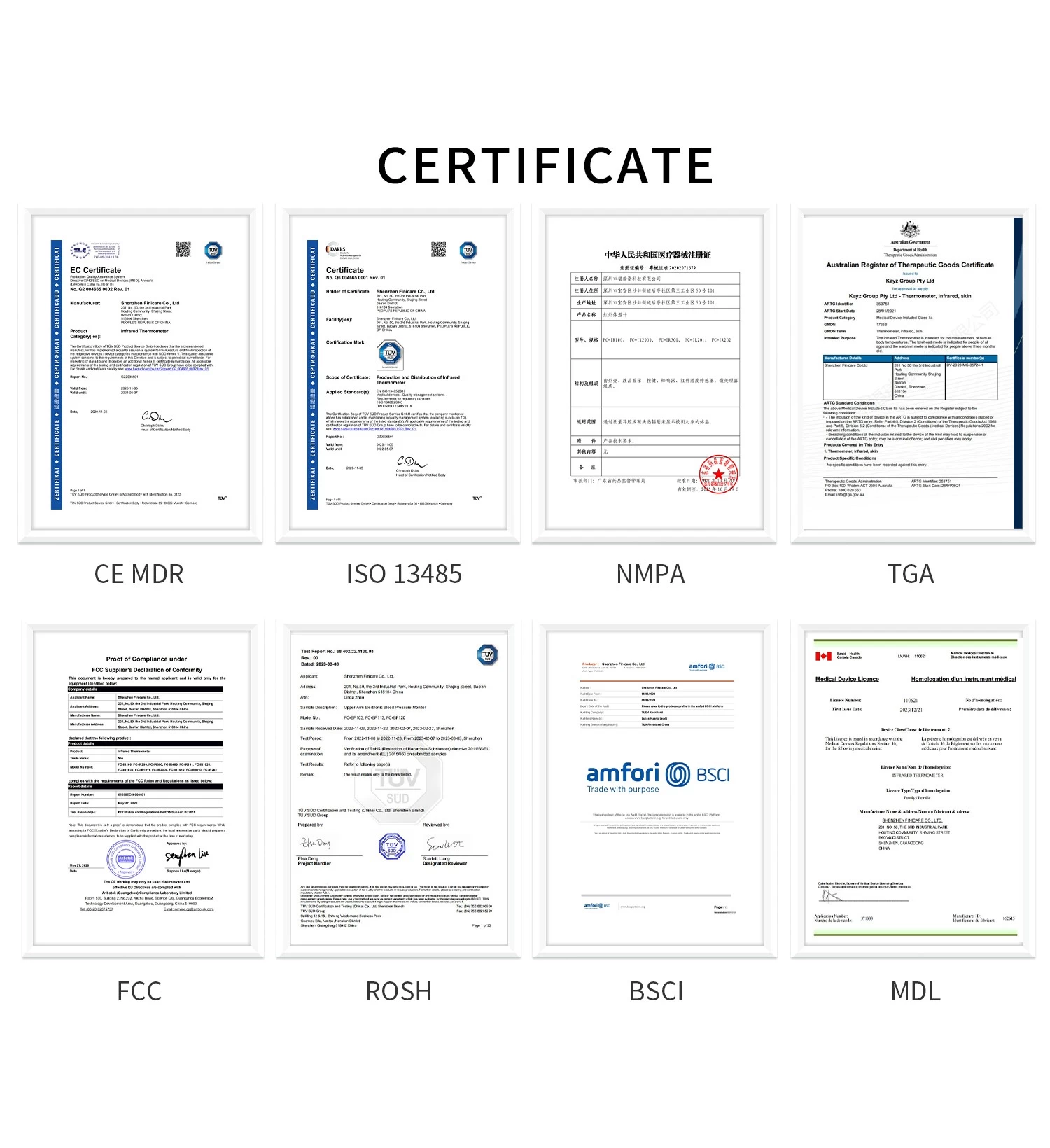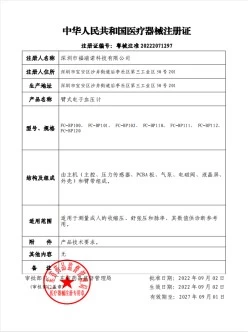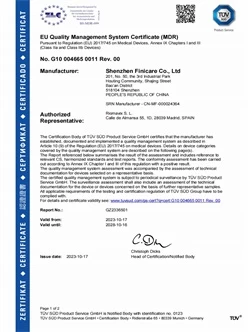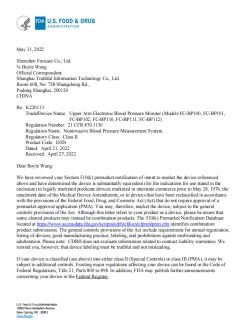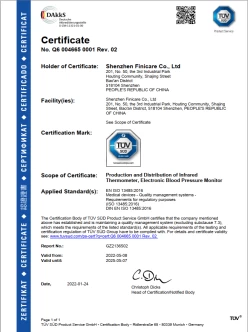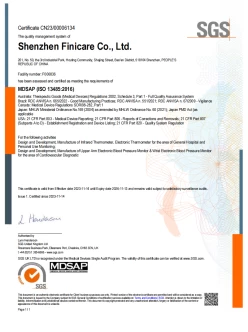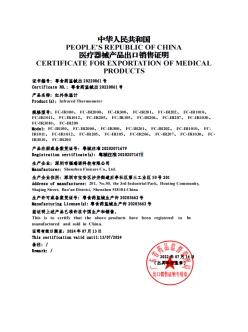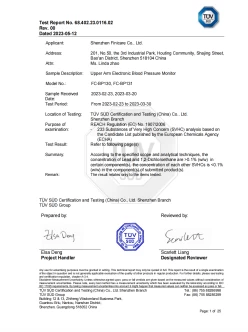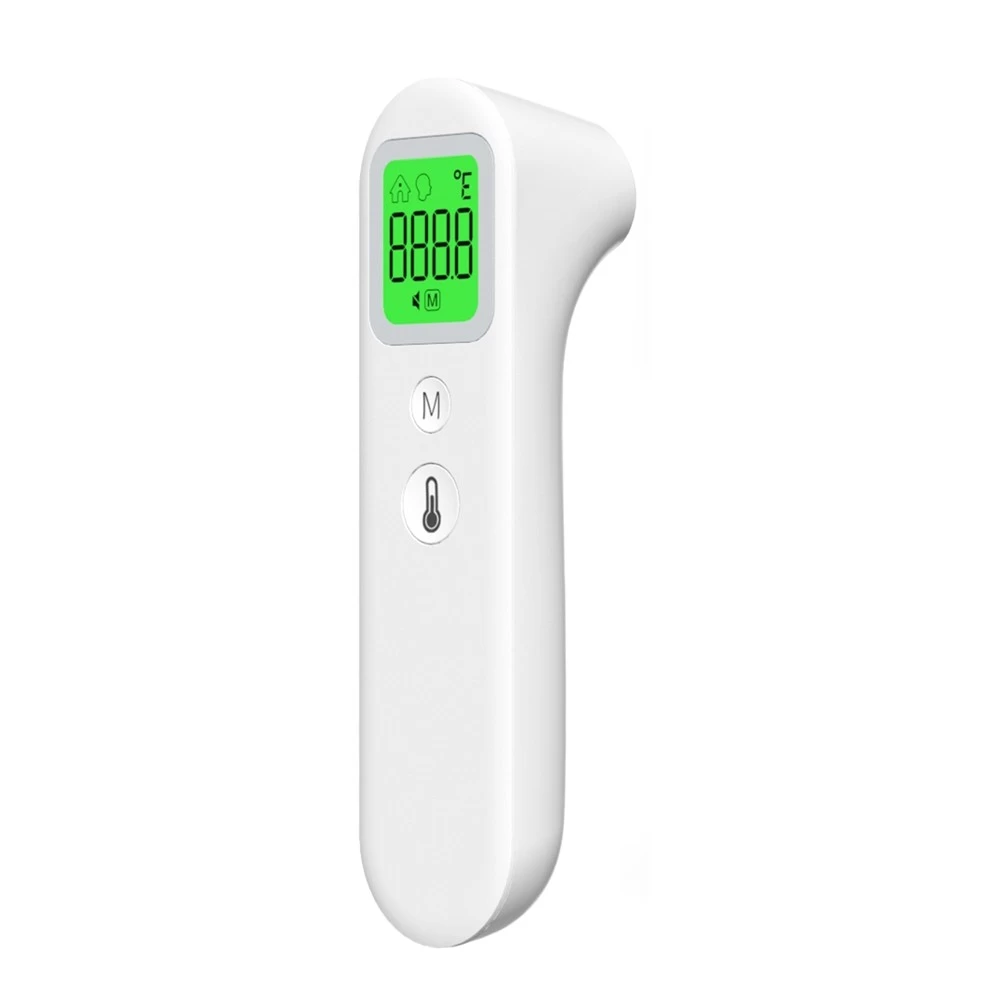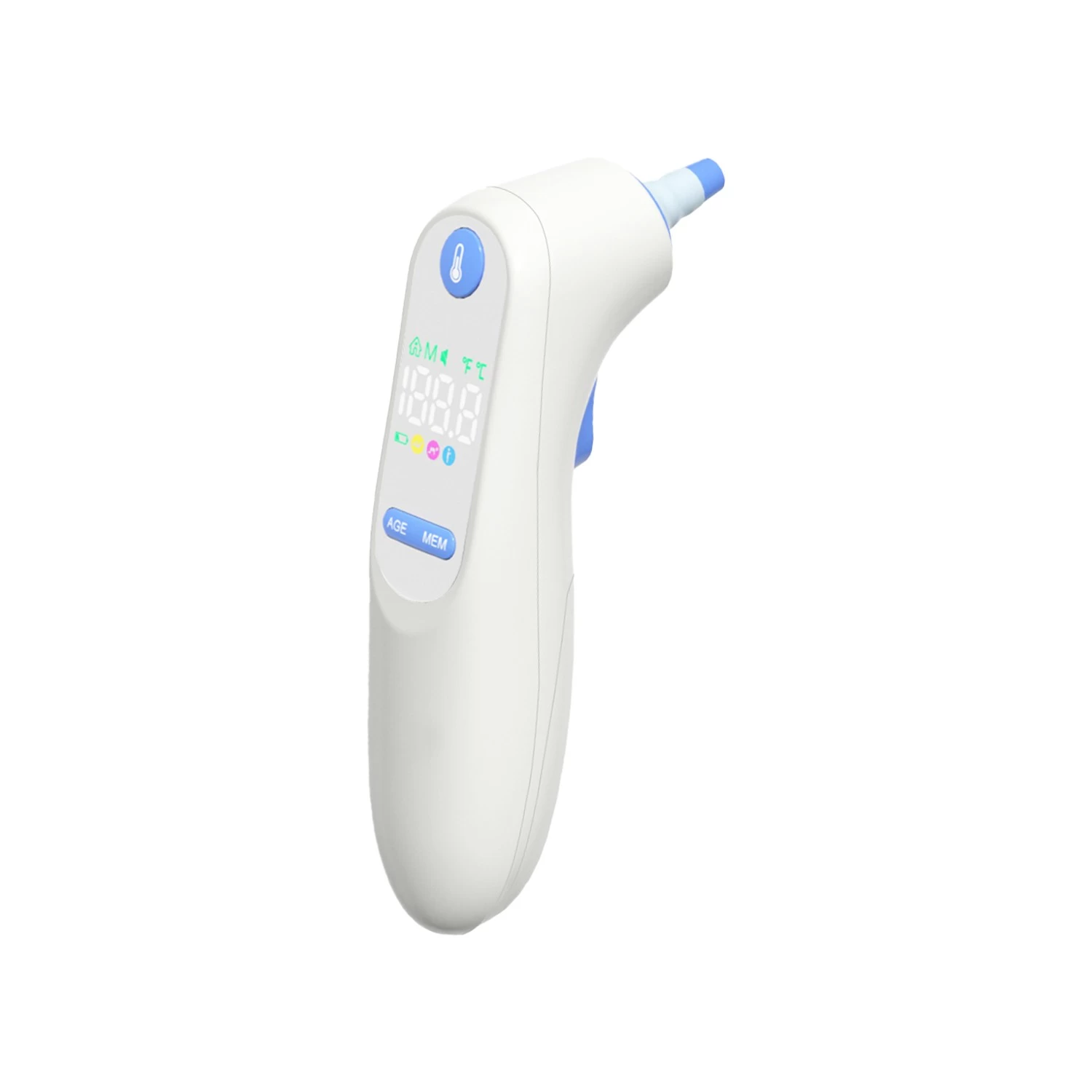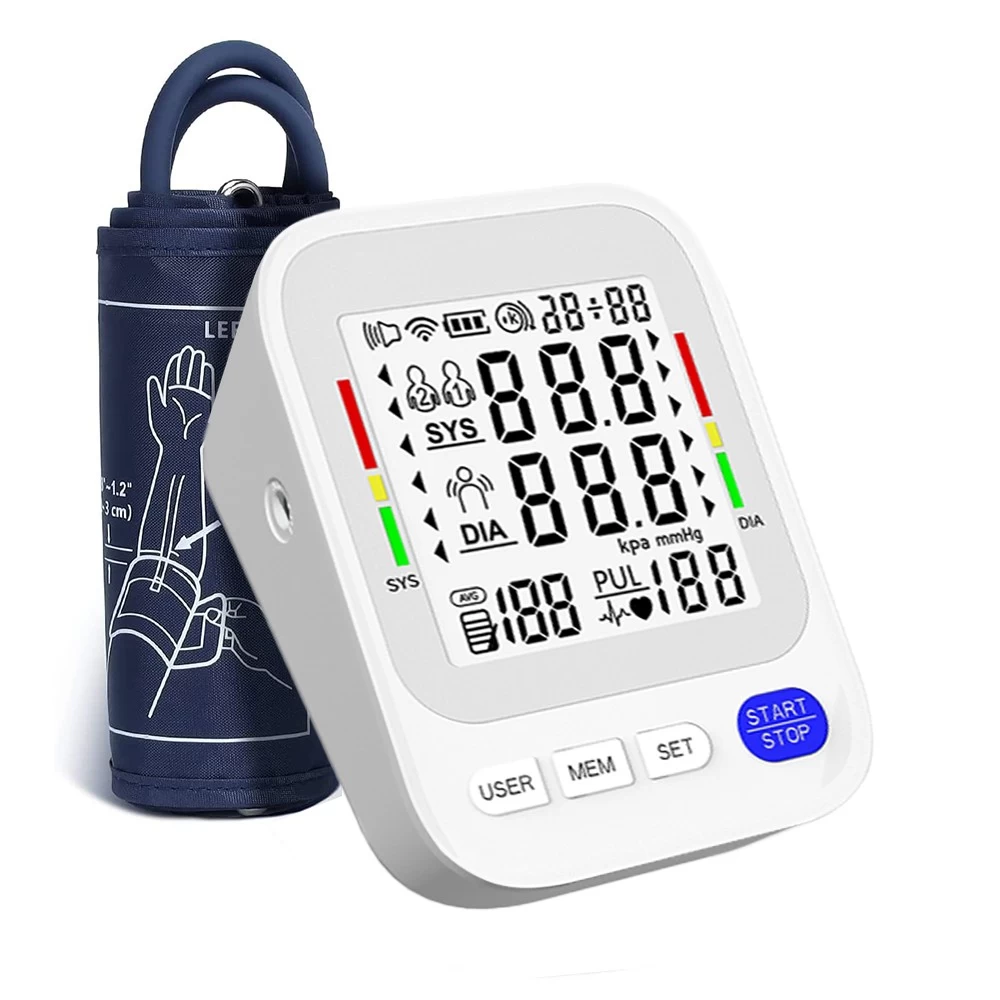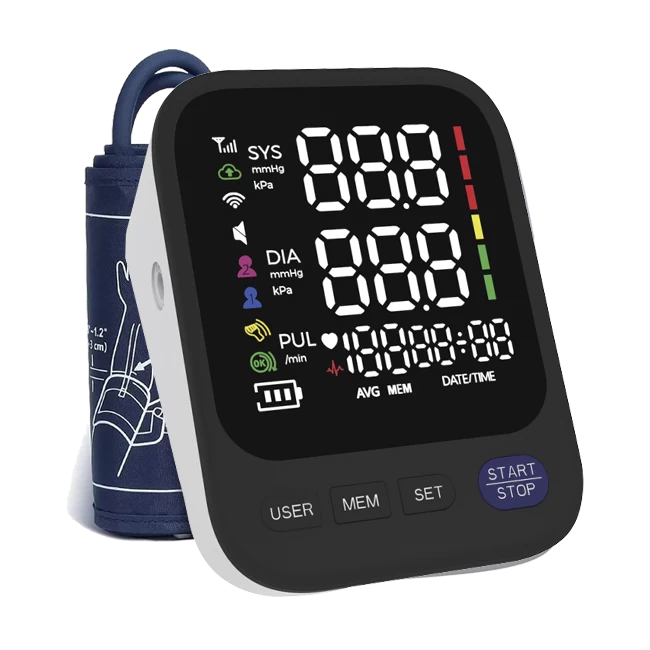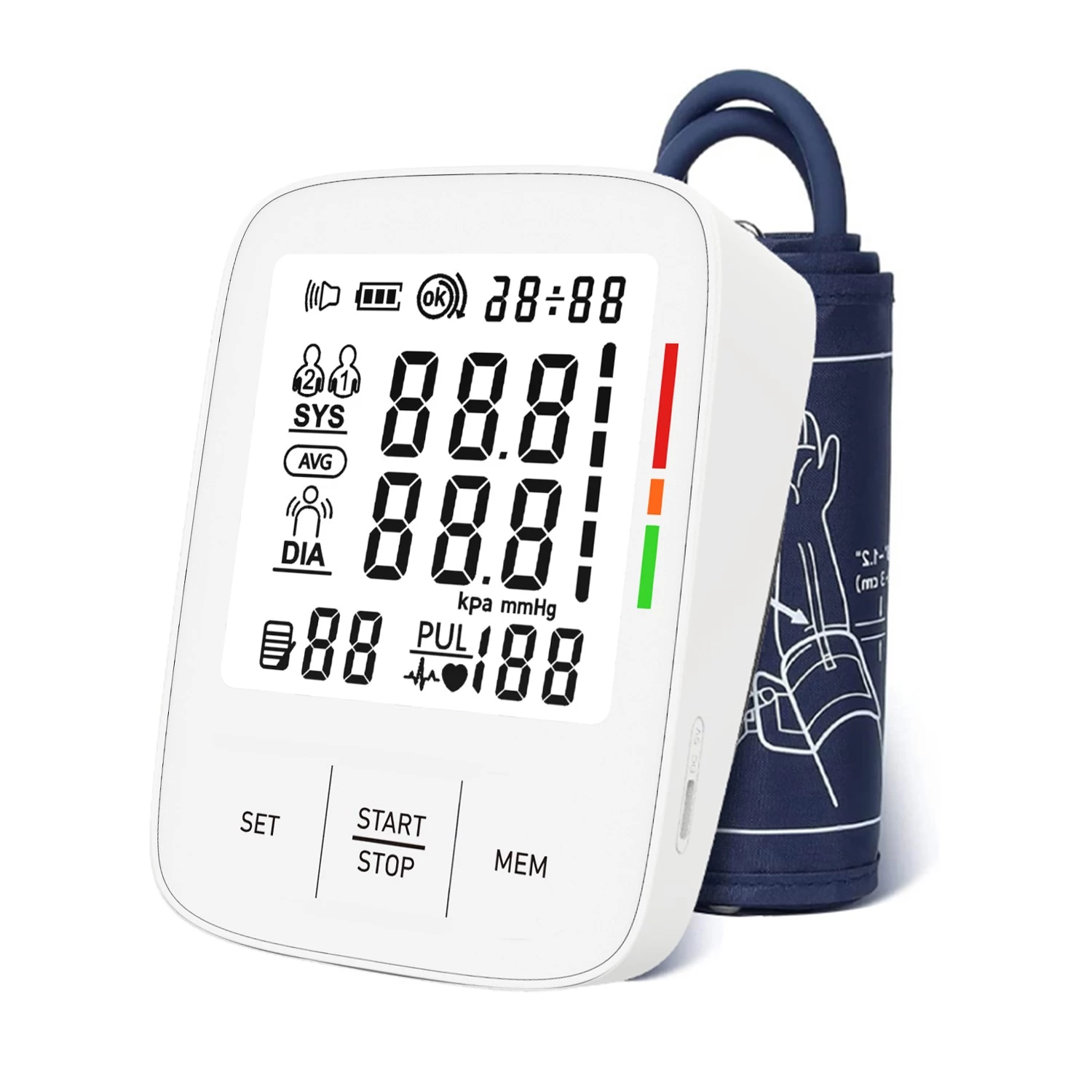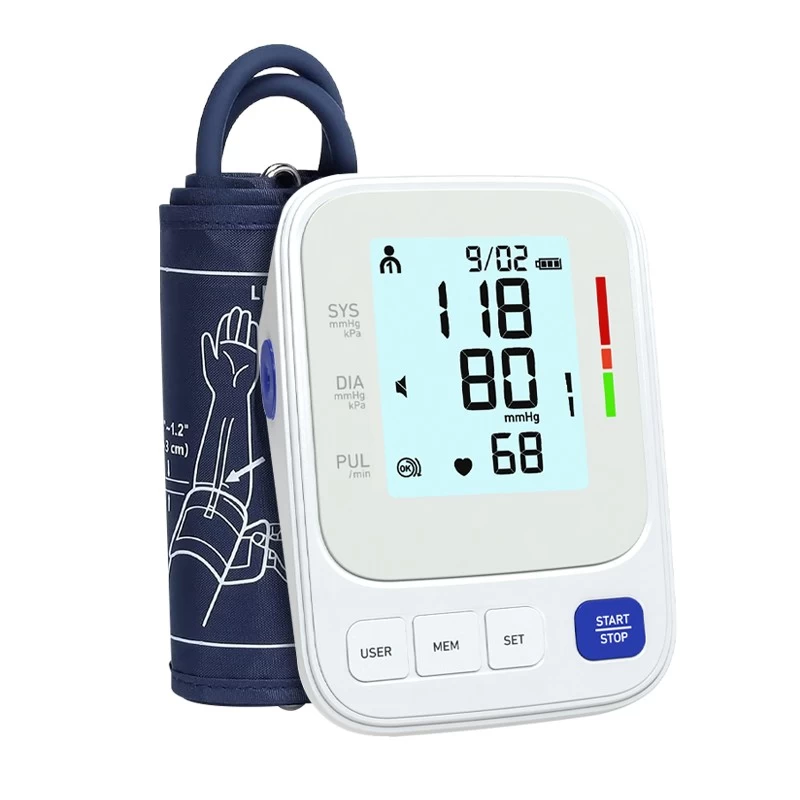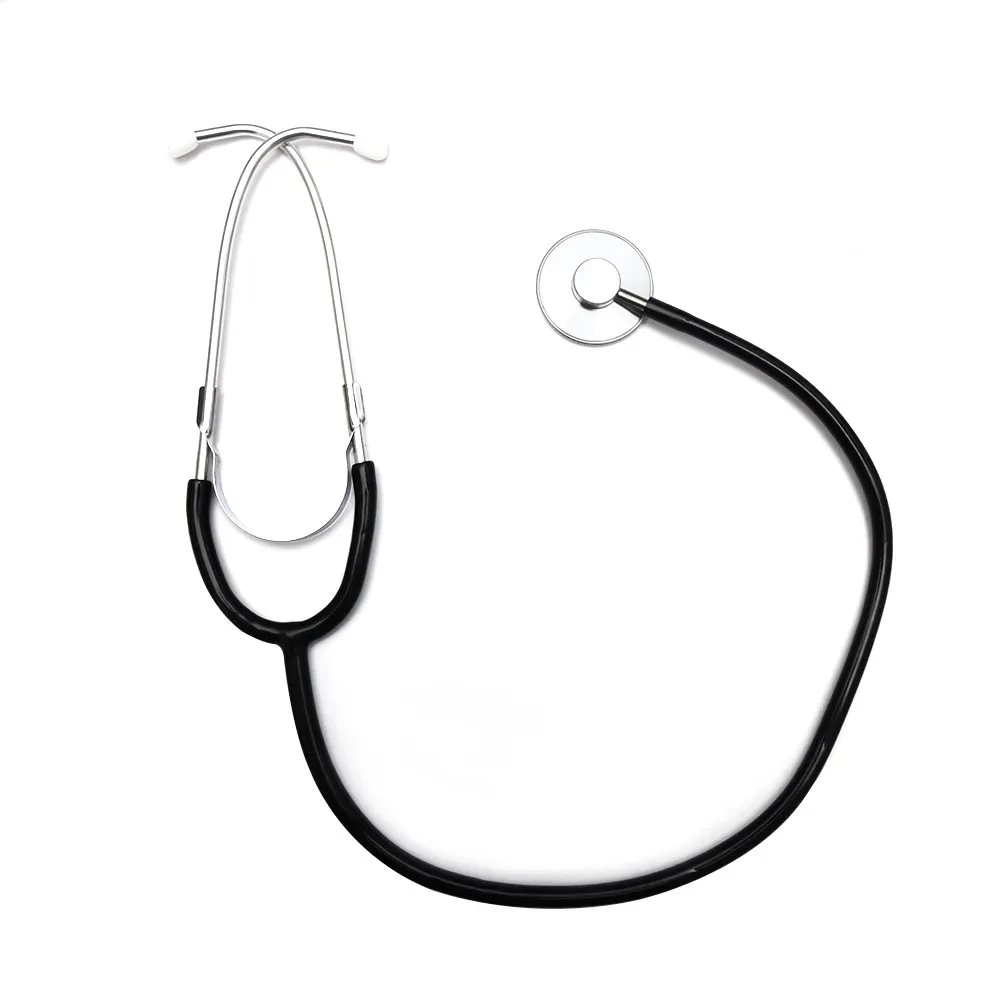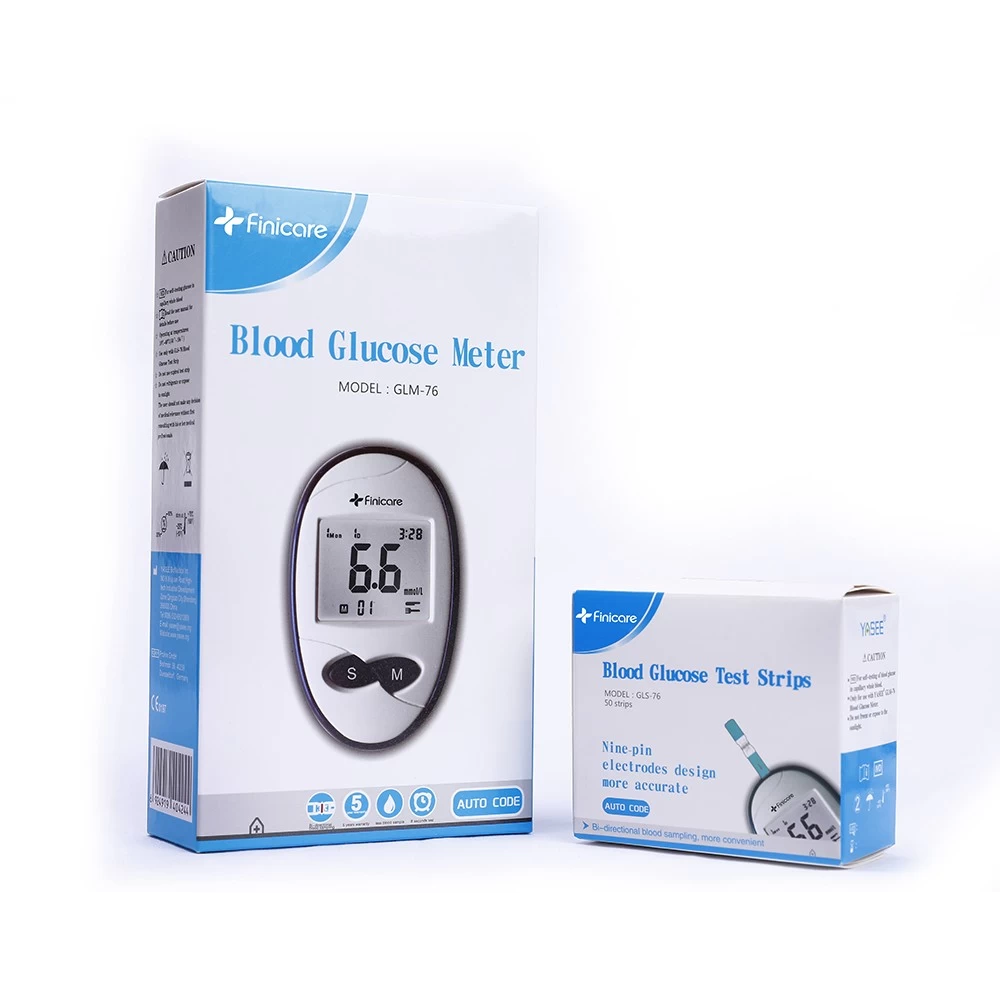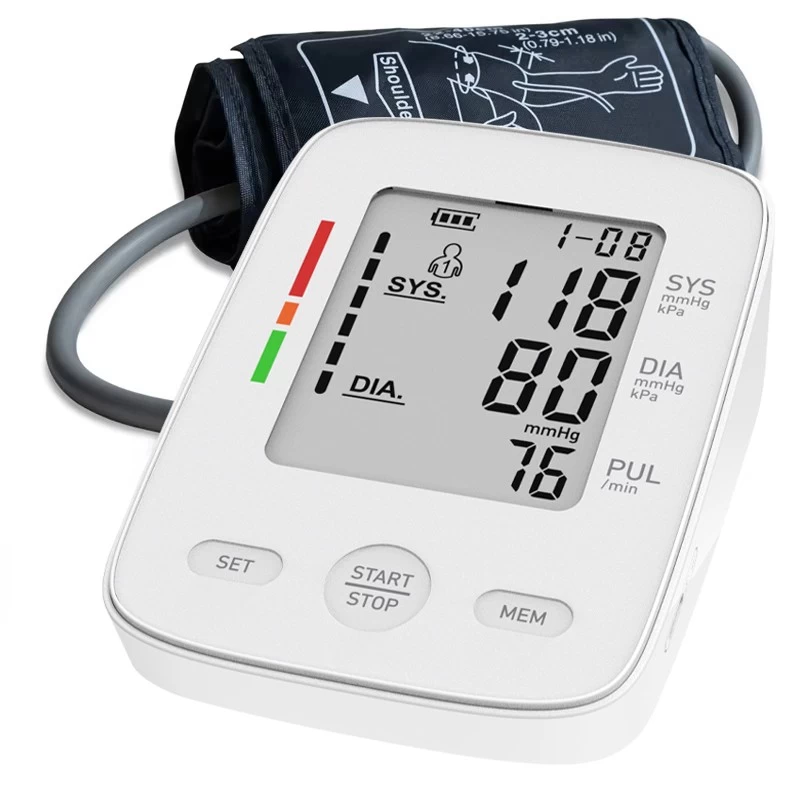How to read blood pressure readings from blood pressure monitor
How to Read a Blood Pressure Monitor: A Simple and Detailed Guide
Monitoring your blood pressure regularly is crucial for maintaining good health, especially if your doctor has recommended frequent checks. Whether you’re using a blood pressure monitor at home or under medical supervision, knowing how to properly use and interpret the device is essential. In this guide, we will walk you through the process of measuring your blood pressure accurately, highlighting common mistakes, and helping you understand what those numbers mean.
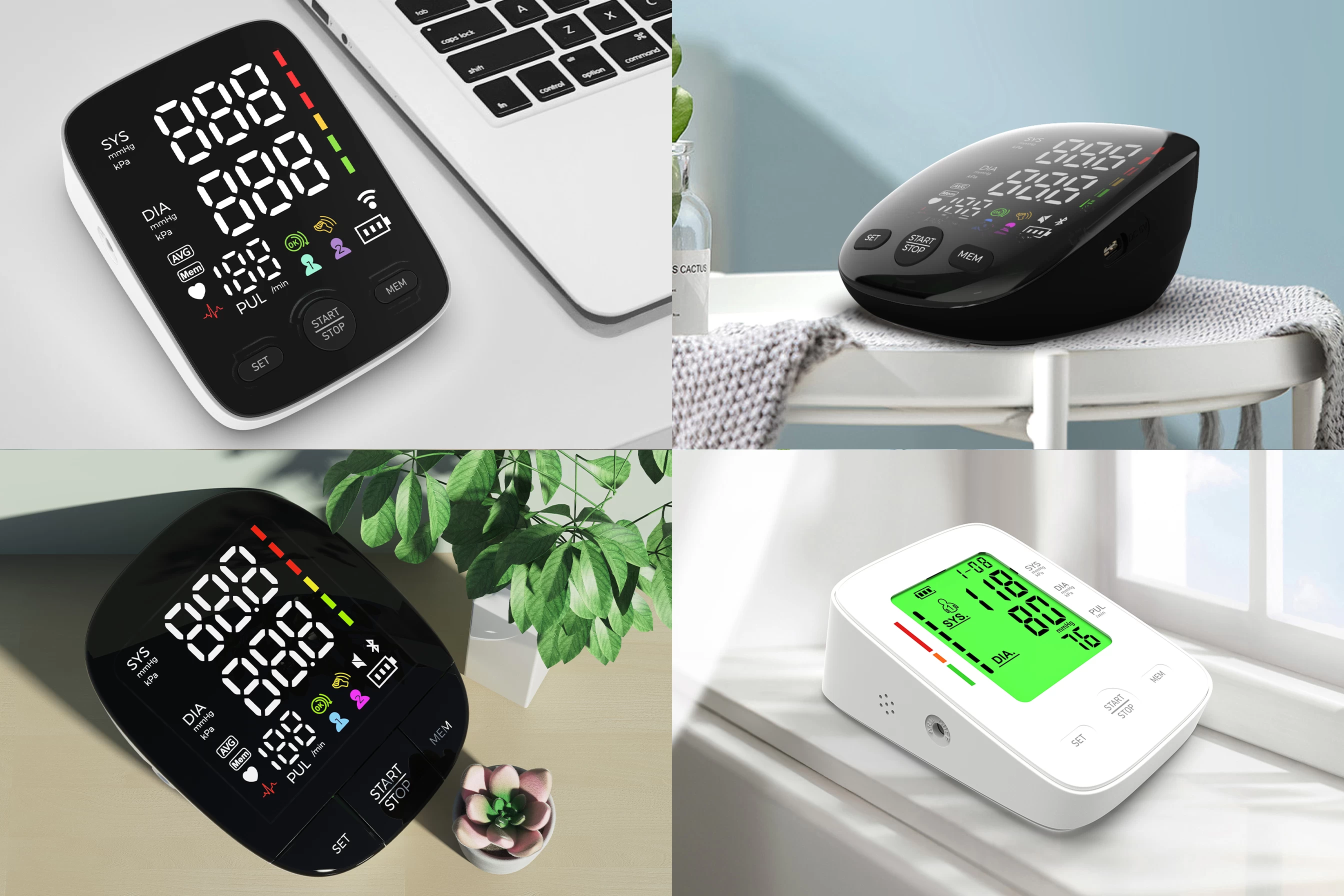
1. Choose the Right Blood Pressure Monitor
There are two main types of blood pressure monitors: mercury sphygmomanometers and digital (electronic) blood pressure monitors. Mercury sphygmomanometers are typically used by healthcare professionals and are not ideal for home use because they require manual operation and precise readings.
Digital monitors are more common for home use. They are easy to operate, and most models give you a digital reading of your blood pressure. There are two main kinds of digital monitors:
1.Arm cuff monitors: These are the most accurate and recommended for home use.
2.Wrist monitors: These are more portable, but can be less accurate compared to arm cuff monitors.
When choosing a blood pressure monitor, consider your own comfort and the accuracy of the device. For the most reliable readings, an arm cuff monitor is usually preferred.
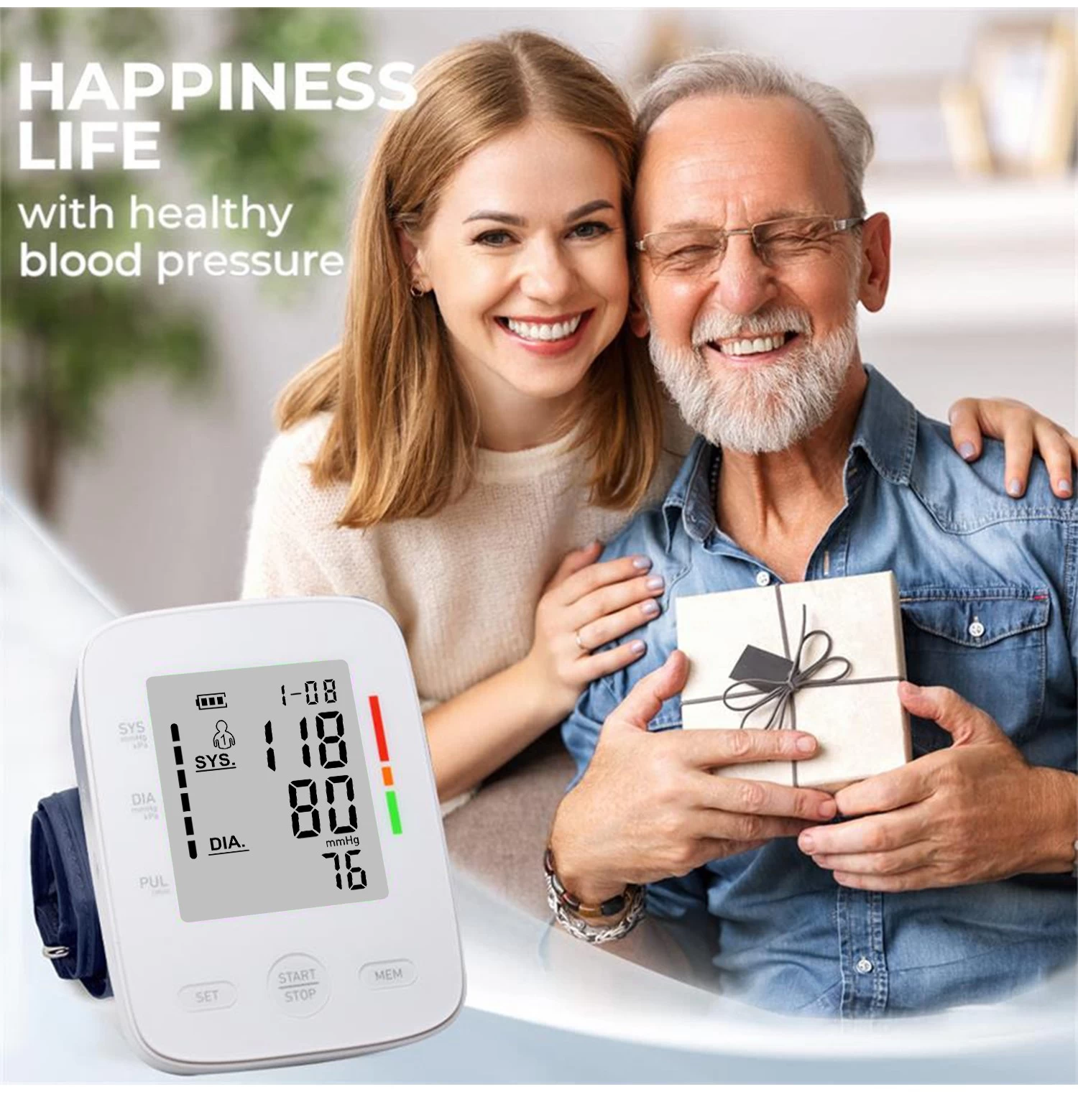
2. Preparing for the Measurement
To get the most accurate reading, it’s important to prepare correctly before measuring your blood pressure. Here’s what you should do:
1.Relax: Sit down and relax for 5 minutes before taking a reading. Avoid rushing, exercising, or eating, as these can all affect your blood pressure.
2.Choose a consistent time: Measure your blood pressure at the same time every day. It's best to measure it in the morning before eating or drinking anything.
3.Wear loose clothing: Make sure the cuff can fit snugly around your bare upper arm, not over clothing, to avoid any interference.
4.Avoid stimulants: Don’t consume caffeine, alcohol, or salty foods right before taking your reading, as they can raise blood pressure.
3. How to Properly Position the Cuff
The correct placement of the cuff is crucial for an accurate reading. Here’s how to position it:
1.Position the cuff: The cuff should be placed on your upper arm, about 1 inch above the elbow. Ensure that the center of the cuff is at the level of your heart.
2.Tightness: The cuff should fit snugly but not too tight. You should be able to slip a finger under the cuff.
3.Seated posture: Sit comfortably with your back supported, legs uncrossed, and feet flat on the floor. Rest your arm on a flat surface, with your palm facing upward, at the level of your heart.
4. Taking the Measurement
Once the cuff is properly positioned, it’s time to take the measurement. Follow these steps:
Start the machine: Press the start button on your digital blood pressure monitor. The cuff will inflate automatically.
Stay still: Keep your body still and avoid talking during the measurement. Any movement can interfere with the results.
Wait for the reading: Most modern monitors will give a digital display with your results after the cuff deflates.
The screen will typically show two numbers:
Systolic pressure (the higher number): This is the pressure in your arteries when your heart beats and pumps blood.
Diastolic pressure (the lower number): This is the pressure when your heart is at rest between beats.
For example, if your reading shows 120/80 mmHg, it means your systolic pressure is 120 mmHg, and your diastolic pressure is 80 mmHg.
5. Understanding Your Blood Pressure Readings
Here’s a simple way to interpret your blood pressure:
1.Normal blood pressure: A reading of less than 120/80 mmHg is considered normal.
2.Elevated blood pressure: A systolic reading between 120-129 mmHg and a diastolic reading of less than 80 mmHg is considered elevated. This is a sign that you may be at risk for high blood pressure in the future.
3.Hypertension (High Blood Pressure): If your blood pressure is consistently 130/80 mmHg or higher, you may be diagnosed with hypertension. Seek medical advice for further testing and management.
4.Low blood pressure: A reading of 90/60 mmHg or lower is considered low blood pressure, and you may experience dizziness or fainting. Consult a healthcare professional if this is a regular occurrence.
6. Common Mistakes and How to Avoid Them
Many people make simple mistakes when taking their blood pressure readings. These mistakes can lead to inaccurate readings. Here are some common errors and how to avoid them:
1.Talking or moving during the measurement: Talking or moving can cause a temporary increase in blood pressure. Stay quiet and still during the measurement for the best results.
2.Incorrect posture: Ensure your arm is at heart level and you are seated comfortably. If your arm is too high or too low, the reading will be inaccurate.
3.Improper cuff placement: The cuff must be placed properly on your upper arm, not on your forearm or wrist. Misplacing the cuff can lead to incorrect readings.
4.Not repeating the measurement: Sometimes, your first reading may not be accurate. Take two or three readings, a few minutes apart, and average them for a more reliable result.
7. When to Seek Medical Help
If your blood pressure readings are consistently outside of the normal range, it’s important to seek medical advice. Here are some general guidelines:
1.High blood pressure (Hypertension): If your readings are consistently above 130/80 mmHg, it may indicate hypertension, which requires medical attention.
2.Low blood pressure (Hypotension): If your readings are consistently lower than 90/60 mmHg, you may have low blood pressure, which can cause dizziness or fainting. Consult a doctor for advice.
8. Conclusion: Regular Monitoring is Key
Regularly measuring your blood pressure is essential for staying on top of your heart health. By understanding how to use a blood pressure monitor correctly, avoiding common mistakes, and interpreting your readings accurately, you can ensure that your results are reliable. If your blood pressure is consistently outside of the normal range, don’t hesitate to consult a healthcare professional for advice and possible treatment.
By following this guide, you’ll feel more confident in using a blood pressure monitor at home and can monitor your health more effectively. Remember, consistent monitoring and understanding your results is an important step in maintaining a healthy lifestyle.
